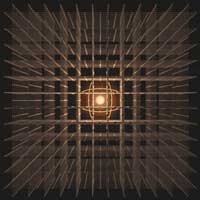 These fleeting disruptions, seen for the first time in lead hybrid perovskites, may help explain why these materials are exceptionally good at turning sunlight into electrical current in solar cells.
These fleeting disruptions, seen for the first time in lead hybrid perovskites, may help explain why these materials are exceptionally good at turning sunlight into electrical current in solar cells.
Monday, January 4, 2021
First glimpse of polarons forming in a promising next-gen energy material
 These fleeting disruptions, seen for the first time in lead hybrid perovskites, may help explain why these materials are exceptionally good at turning sunlight into electrical current in solar cells.
These fleeting disruptions, seen for the first time in lead hybrid perovskites, may help explain why these materials are exceptionally good at turning sunlight into electrical current in solar cells.
Opposites attract: scientists discover how mother-of-pearl self-assembles into a perfect structure
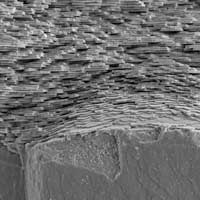 Scientists describe, for the first time, that structural defects in self-assembling nacre attract and cancel each other out, eventually leading to a perfect periodic structure.
Scientists describe, for the first time, that structural defects in self-assembling nacre attract and cancel each other out, eventually leading to a perfect periodic structure.
Novel crystal confines electrons to one dimension for spintronic applications
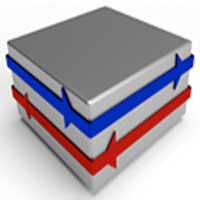 Since 2017, a third kind of topological insulator called a higher-order topological insulator has been theorized. Now, for the first time, one has been created.
Since 2017, a third kind of topological insulator called a higher-order topological insulator has been theorized. Now, for the first time, one has been created.
Better together: Scientists discover far-reaching applications of nanoparticles made of multiple elements
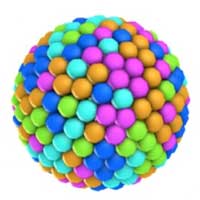 An emerging type of alloy nanoparticle proves more stable, durable than single-element nanoparticles.
An emerging type of alloy nanoparticle proves more stable, durable than single-element nanoparticles.
Highly efficient supercapacitors made with a sustainable graphene hybrid material
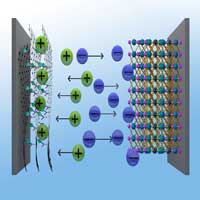 The basis of the energy storage device is a novel, powerful and also sustainable graphene hybrid material that has comparable performance data to currently utilized batteries.
The basis of the energy storage device is a novel, powerful and also sustainable graphene hybrid material that has comparable performance data to currently utilized batteries.
Novel thin film evaporates sweat six times faster and holds 15 times more moisture
 Researchers have created a novel film that is very effective in evaporating sweat from our skin to keep us cool and comfortable when we exercise, and the moisture harvested from human sweat can be used to power wearable electronic devices such as watches, fitness trackers, and more.
Researchers have created a novel film that is very effective in evaporating sweat from our skin to keep us cool and comfortable when we exercise, and the moisture harvested from human sweat can be used to power wearable electronic devices such as watches, fitness trackers, and more.
Hard-magnetic coatings for high-precision microscopy
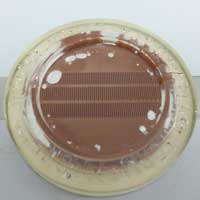 Microscopy is at the forefront of the fight against the coronavirus. Special microscopes, which enable scientists to view minute cell structures, are an indispensable tool in the development of vaccines and new therapies. Such equipment comprises not only a microscope with high optical resolution but also a high-precision microscope stage.
Microscopy is at the forefront of the fight against the coronavirus. Special microscopes, which enable scientists to view minute cell structures, are an indispensable tool in the development of vaccines and new therapies. Such equipment comprises not only a microscope with high optical resolution but also a high-precision microscope stage.
Reading out qubits like toppling dominoes: a new scalable approach towards the quantum computer
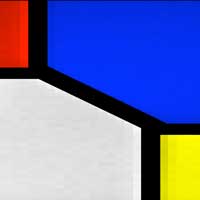 Creating a powerful, large-scale quantum computer depends on a clever design such that many qubits can be controlled and read out. Researchers have invented a new readout method that is an important step forward on the road towards such a large-scale quantum computer.
Creating a powerful, large-scale quantum computer depends on a clever design such that many qubits can be controlled and read out. Researchers have invented a new readout method that is an important step forward on the road towards such a large-scale quantum computer.
Subscribe to:
Comments (Atom)
